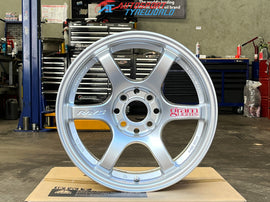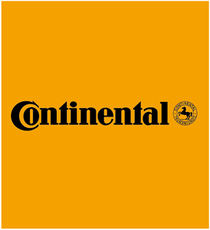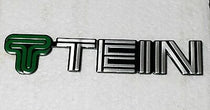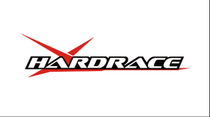Hazards/risks
Unwanted or damaging sounds may cause noise-induced hearing loss or tinnitus (ringing in the ears). It may also cause other health effects such as stress, hypersensitivity to noise, and increased blood pressure and heart rate.
It can also interfere with communication at work, which can lead to incidents.
The harmful effects of noise may be cumulative (e.g. going to nightclubs may result in young people having some early damage to their hearing before joining the workforce).
Specialist skills or equipment are not needed to make a preliminary assessment to identify sources of hazardous noise in your workplace.
However, it should be done in consultation with those who understand the work processes, such as affected workers.
Conduct a walk-through inspection of your workplace to help determine:
• sources of excessive, distracting or disruptive noise (e.g. is it difficult to hear a normal voice within one metre of a noise source)
• workers likely to be exposed to excessive noise
• work activities that are noisy and may pose a risk to hearing
• ways of reducing noise levels.
If you are unsure about the level of exposure or how to minimise the risks effectively, you should take the next step to assess hearing loss risks.
Safety Solutions
1. Eliminate the noise source.
2. Keep noise levels below the exposure standard of 85dB(A) in an 8-hour day so that critical situations can still be communicated despite noise. Refer to the Code of Practice for information on work shifts exceeding 8 hours.
3. Substitute noisy machinery with quieter models – or ‘buy quiet’ when purchasing new or replacement equipment, which is a cost-effective way to control noise at the source.
4. Introduce engineering controls to treat noise at its source or in its transmission path (e.g. use sound dampeners or silencers, noise barriers/partitions/screens and isolation).
5. Introduce administrative controls to reduce the number of workers exposed to noise (e.g. training and education, job rotation, job redesign or designing rosters).
6. Provide personal protective equipment (PPE) that is:
• suitable for the nature of the work and the
hazard (e.g. earmuffs, ear plugs)
• comfortable to wear, and of a suitable size and fit
• maintained, repaired or replaced when required
• used or worn by workers who have been trained in its use and care.
7. If workers are frequently required to wear PPE to reduce the risk of hearing loss from noise exceeding the exposure standard of 85dB(A), implement an audiometric testing regime. Keep testing records.
Further information
Code of Practice: Managing Noise and Preventing
Hearing Loss at Work
safework.sa.gov.au/cop
















